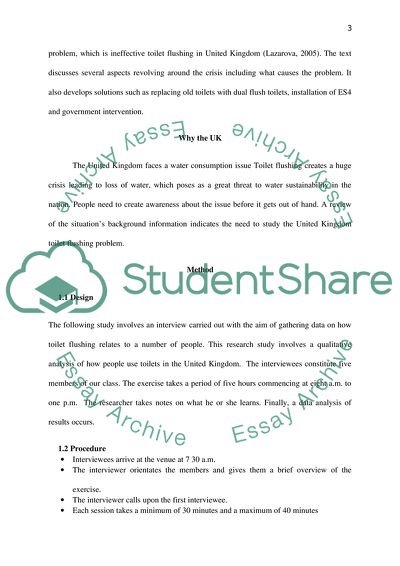Cite this document
(Toilet Flushing and Water Loss in the United Kingdom Coursework, n.d.)
Toilet Flushing and Water Loss in the United Kingdom Coursework. https://studentshare.org/environmental-studies/1814150-the-water-consumption-of-toilet-flushing-in-the-uk
Toilet Flushing and Water Loss in the United Kingdom Coursework. https://studentshare.org/environmental-studies/1814150-the-water-consumption-of-toilet-flushing-in-the-uk
(Toilet Flushing and Water Loss in the United Kingdom Coursework)
Toilet Flushing and Water Loss in the United Kingdom Coursework. https://studentshare.org/environmental-studies/1814150-the-water-consumption-of-toilet-flushing-in-the-uk.
Toilet Flushing and Water Loss in the United Kingdom Coursework. https://studentshare.org/environmental-studies/1814150-the-water-consumption-of-toilet-flushing-in-the-uk.
“Toilet Flushing and Water Loss in the United Kingdom Coursework”. https://studentshare.org/environmental-studies/1814150-the-water-consumption-of-toilet-flushing-in-the-uk.


